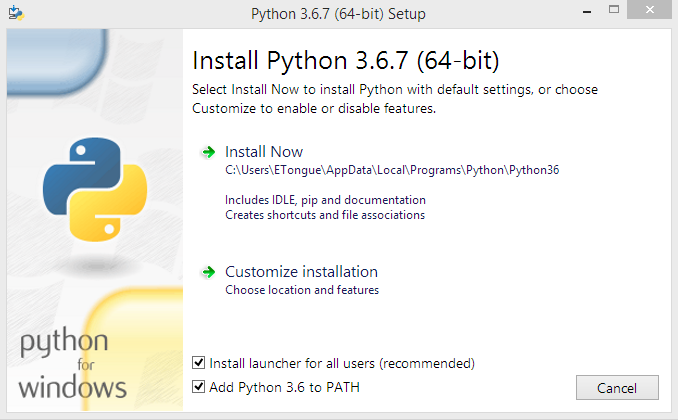
The Save option is available in the File menu, but you can use Ctrl+S. You can activate the Python extension by saving the file. This is because it doesn’t know what the file type is. But it’s important to note that VS Code will not recognize the language you are writing the code in. You can now start entering the code in the new file. A keyboard shortcut you can use instead is Ctrl+N. Open a new file by clicking File on the top bar and then clicking New.

Writing and Running a Python Program in VS Code

You can also find the extension on the marketplace here. Search “Python” and hit the install button to install the extension right from the VS Code Marketplace. You can also do this by clicking the Extensions icon on the activity bar. To install the extension, press Ctrl+Shift+X to open up the Extensions view.

VS Code is available on Windows, Mac, and Linux, and the IDE is updated monthly.

You can write programs in multiple languages in VS Code thanks to its built-in support for extensions. You may have heard of the Microsoft Visual Studio, but VS Code shares nothing with that tool other than the name. Installing and Configuring Visual Studio Code for Python We also outline how to enter code, save files, and run programs. In this guide, we will walk you through installing Visual Studio Code and the required extension for Python development. The process is quite simple and doesn’t take much time to complete. Beginning your Python journey can be very exciting, especially if you’ve never installed an IDE before.


 0 kommentar(er)
0 kommentar(er)
